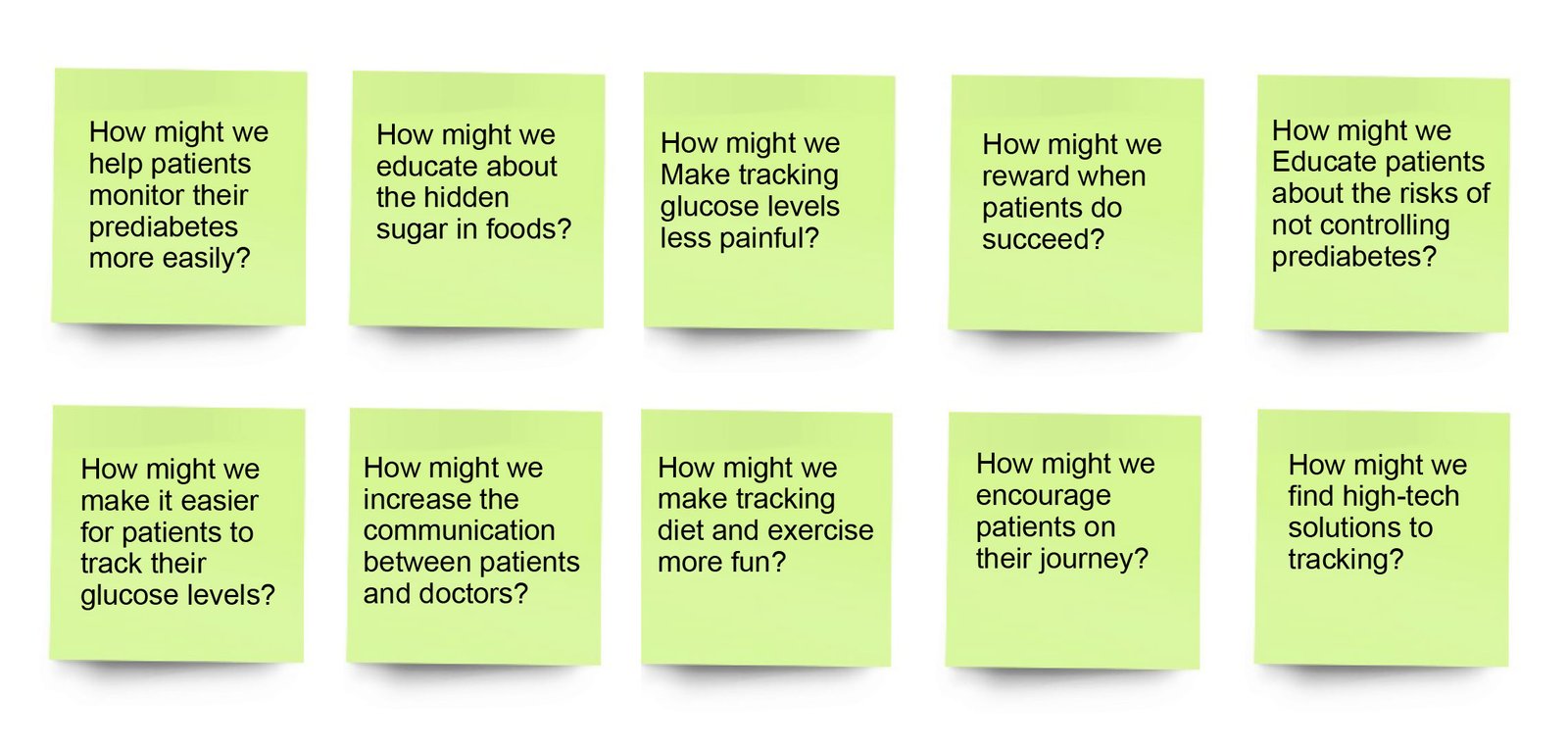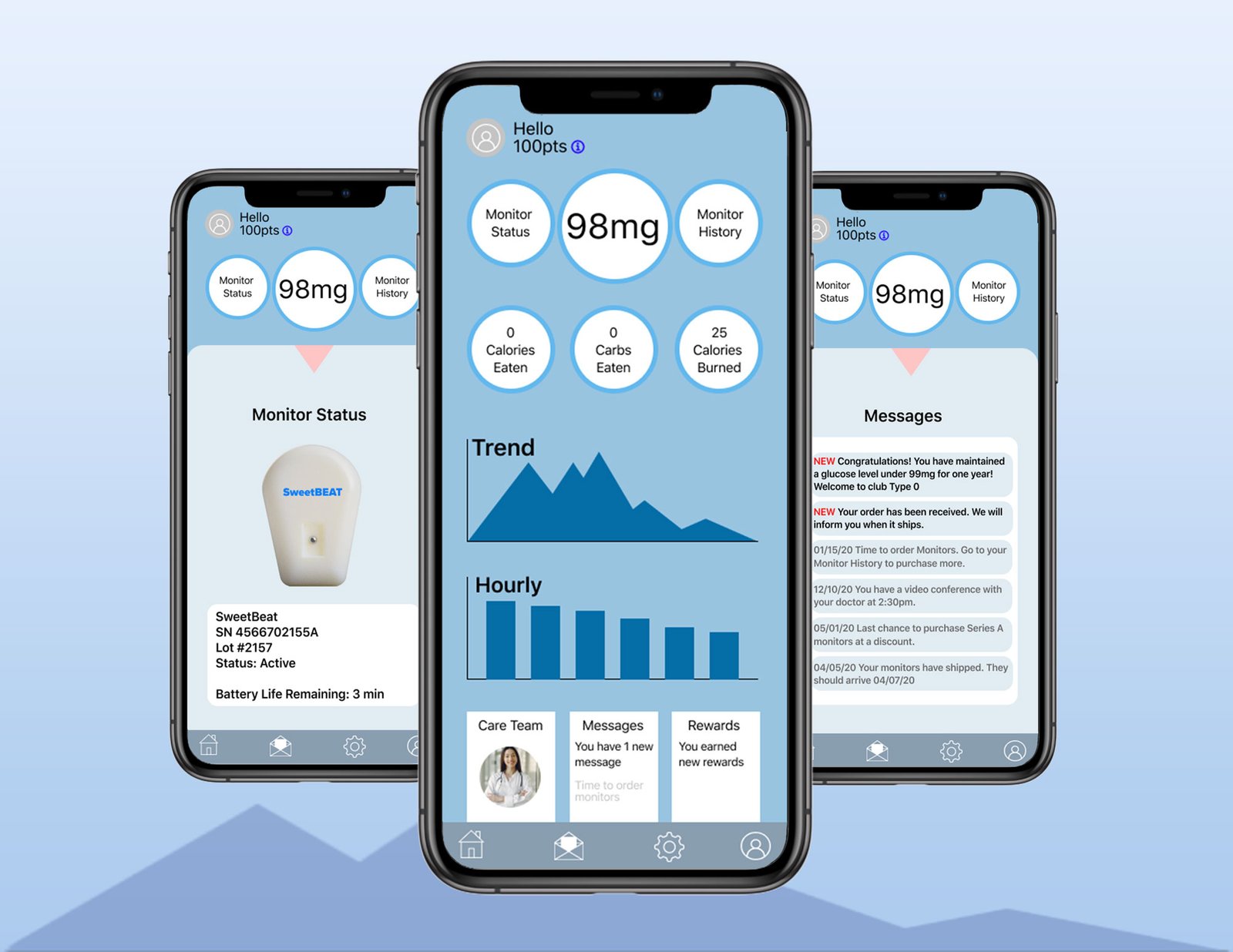There's an elephant in the room
When a patient is diagnosed with prediabetes they are advised to change their diet and exercise more but no systematic program is in place to help them understand that they can reverse the progression of the disease. It costs up to $13,240 a year for HMOs to manage Diabetes for patients and costs the patient an estimated additional $9,000 a year out of pocket.
The rate at which people are diagnosed with Type 2 Diabetes has doubled in the last 10 years.
Type 2 Diabetes is preventable if detected and treated early. Monitoring glucose levels is the key to keeping patients on track to remission. Non-invasive monitoring is likely to keep more people in the program, and using the app which should lead to better outcomes
Our target is to Beat Diabetes so you don’t have to treat it
Research & Analysis
Goals
Find out if people would be more willing to monitor their prediabetes if a non-invasive monitoring device could be used.
Questions
[Behaviors] Why do people avoid monitoring their blood glucose levels at a time when they could prevent themselves from getting diabetes?
Key Finding 1
The subjects would be more likely to monitor their blood glucose levels if the monitoring device were non-invasive.
Analysis
Though there are a range of monitoring devices the most appealing are non-invasive or minimally invasive.
Key Finding 2
The subjects want privacy regarding their condition, but want to be able to monitor wherever they are.
Analysis
The app should be a simple dashboard that does not reveal what it is monitoring, but the output will be clear to the person wearing the monitor.
Key Finding 3
All agreed that the major reason they did not want to monitor their blood glucose levels was because it was painful.
Analysis
The app should should support adhesive, completely non-invasive monitoring devices as well as longer term minimally invasive devices.
Data Mapping
Based on the key findings, I came up with a systematic approach to get patients to take monitoring seriously and make it as convenient as possible. Ingraining good habits comes from repetition and repetition will happen if the process is pleasant and rewarding.


Concepts & Sketches
For my app concepts I applied Gestalt principles of design based on what my subjects feedback was:• Convenience without pain or sacrificing getting what they want
• Easy to use, upfront information
• The satisfaction of achievement and reward
My sketches reflected those principles in their design.

Storyboarding
I picked my best sketch idea to create a storyboard around. I showed the entire user journey, from finding out they had prediabetes; to using the app and monitors to control their blood glucose level; to finally, one year later, being in remission.
Prototyping
The prototyping was done in Figma. I did two rounds of testing on my prototype, the first was based only on the features that the test subjects said they would like, and the second iteration was based on the feedback given on the first low-fidelity prototype. The features that I chose to highlight in my testing for this round were ordering, status, and messaging.Based on the user feedback I made changes to the features that did not pass, and some of those that were neutral. After that, I asked the same testers to go through the prototype again to determine if I had interpreted their feedback correctly.

Style Guides
The next step is to gather assets; choose a typeface; create a color palette; create icons; and decide which UIKit assets to use. Using Figma, I created overlays to give the prototype a more realistic feel.
Project Outcome
During testing, people repatedly said how easy the app was to use and how much they liked the concept of non-invasive blood glucose monitoring. All the testers agreed that painful testing processes would keep them from continuing to monitor their levels even though they knew it was for their own good. Painless, private monitoring was very important to all of the participants.Link to Protoype



